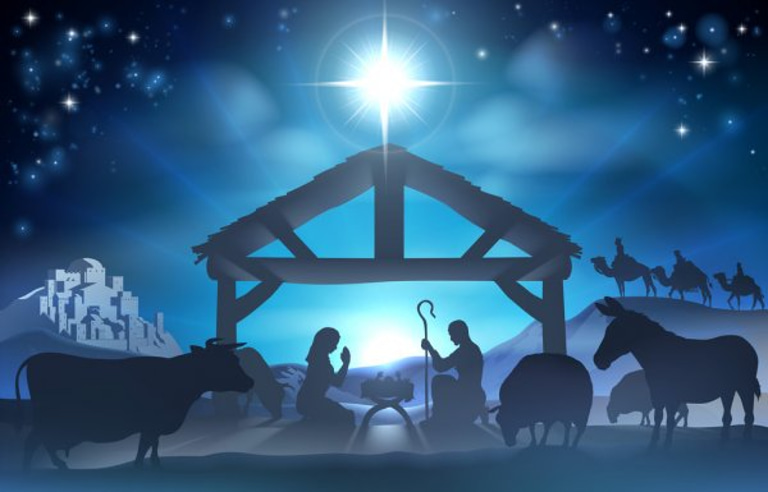Church of the Nativity History: Ancient Origins to Modern Era
Uncover the full history of Bethlehem’s Church of the Nativity—from Constantine to Crusaders, Ottoman decline, and modern UNESCO restoration.
8/29/20258 min read
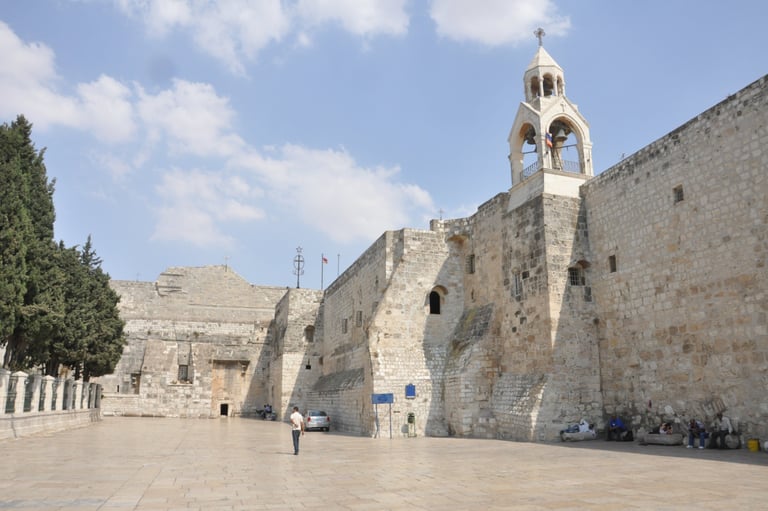

FAQ: Church of the Nativity in Bethlehem
Q: Why is the Church of the Nativity significant?
A: It’s the oldest continuously operating church in the world and a UNESCO World Heritage Site, revered as the birthplace of Jesus and a symbol of faith and resilience for over 1,700 years.
Q: How has the church survived through history?
A: The basilica endured revolts, invasions, earthquakes, fires, and political shifts, with key restorations by Justinian, Crusaders, and modern efforts preserving its structure and mosaics.
Q: Who cares for the Church of the Nativity today?
A: Greek Orthodox, Roman Catholic, and Armenian Apostolic communities share custodianship, maintaining rituals, restorations, and the site’s role in global pilgrimage and Christmas celebrations.

Introduction
Did you know the Church of the Nativity in Bethlehem is the oldest continuously operating church in the world and a UNESCO World Heritage Site? Revered as the birthplace of Jesus, it stands as both the cornerstone of the Christian faith and a powerful symbol of survival across 1,700 years. In this guide, we’ll trace its journey from Constantine’s original basilica to Justinian’s grand rebuild, through the Crusader era, Ottoman decline, and the modern restorations that keep this sacred site alive today.
The Origins Under Constantine and Helena
When we talk about the earliest roots of the Nativity tradition in Bethlehem, we can’t help but begin with the remarkable partnership of Constantine and his mother, Helena. After the Edict of Milan in 313 CE legalized Christianity, believers were finally able to worship openly. This moment changed everything—it gave the Christian community the freedom to honor the places connected to Jesus’ life in a visible, lasting way.
Helena, deeply devoted and curious, made her famous pilgrimage to the Holy Land. Imagine her, walking those ancient paths, asking locals to point out where sacred events had unfolded. Tradition tells us she identified the grotto in Bethlehem as the very spot of Christ’s birth. Out of reverence for this discovery, she and Constantine commissioned a basilica there around 327 CE.
The original basilica was extraordinary for its time. Historical records describe a layout of five grand aisles, an open atrium, and an octagonal apse built directly over the grotto. Pilgrims flocked to this site, not just to see the building, but to kneel in the place where heaven touched earth.
This was more than just architecture—it was the beginning of Bethlehem’s role as a central hub of Christian worship and pilgrimage. Every outdoor Christmas Nativity display we set up today, in some small way, echoes back to that decision: to make Christ’s birthplace visible and honored in the world.
Reflection Tip: If you’re setting up your own Nativity this year, consider telling your family about Helena’s pilgrimage as you place the figures. It adds a sense of continuity—your display becomes part of a tradition stretching back to the very first basilica in Bethlehem.
Destruction and Justinian’s Reconstruction
The story of Bethlehem’s basilica reminds us that even sacred spaces have faced trials. In 529 CE, a Samaritan revolt caused significant damage, leaving the early church in ruins. For the faithful, this could have been a devastating loss. But history took a hopeful turn when Emperor Justinian, already known for his ambitious building projects, took on the task of rebuilding the basilica around 565 CE.
Justinian’s reconstruction wasn’t simply about repair—it was an opportunity to elevate the site’s significance. He expanded the nave, allowing more pilgrims to gather in worship, reinforced the structure with stronger stonework to withstand the centuries, and adorned walls and ceilings with rich mosaics depicting biblical narratives. These enhancements didn’t just beautify the church—they created a space that invited reflection, devotion, and awe.
Much of what we see in Bethlehem today—its core layout, the enduring stonework, and some of the mosaic remnants—traces back to Justinian’s vision. The basilica became more than a pilgrimage destination; it stood as a symbol of Byzantine investment in Christian identity, a tangible statement that faith and culture were intertwined.
Reflection Tip: When arranging your own Nativity display, consider Justinian’s example: small design changes can create lasting impact. Elevating key figures, adding subtle backdrops, or even layering elements thoughtfully can echo the care and intention that shaped this historic site. Sharing these stories with children can also make your Nativity not just a display, but a conversation about history, faith, and enduring tradition.
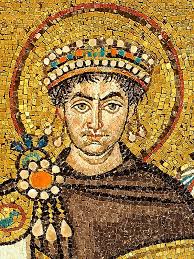

Survival Through Islamic Rule and the Crusades
The story of Bethlehem’s basilica is one of resilience, showing how faith and devotion can endure even in times of political upheaval. In 614 CE, a Persian invasion swept through the region, yet legend tells us the Church of the Nativity was spared. One particularly charming detail preserved in early art depicts the Magi in Persian dress, a nod to the empire that threatened destruction yet allowed this sacred site to survive.
Under the early Caliphate, Muslim rulers recognized the significance of Jesus and Mary, holding them in deep respect as honored figures in Islamic texts. Pilgrims continued to visit the basilica, often traveling long distances, and the church remained a place of devotion even in a changing political landscape. This period highlights a remarkable continuity: despite shifts in power, Bethlehem remained a destination for those seeking to connect with the Nativity story.
The Crusader period (11th–12th centuries) brought further transformation. Crusaders added new mosaics, frescoes, and other artistic embellishments, blending the Eastern Christian tradition of the original basilica with Western European styles. Knights patrolled the surrounding routes, safeguarding pilgrims and ensuring that devotion could continue safely. The result was a unique fusion of Eastern and Western Christian influences, a living testament to centuries of cultural and spiritual exchange.
Reflection Tip: When creating your own Nativity display, think about this blending of traditions. Combining figurines, fabrics, or stylistic elements from different cultures can reflect the rich history of Bethlehem itself. And as you place each figure, you might share stories of pilgrims and travelers—reminding children that the Nativity has inspired devotion, artistry, and care across continents for well over a millennium.
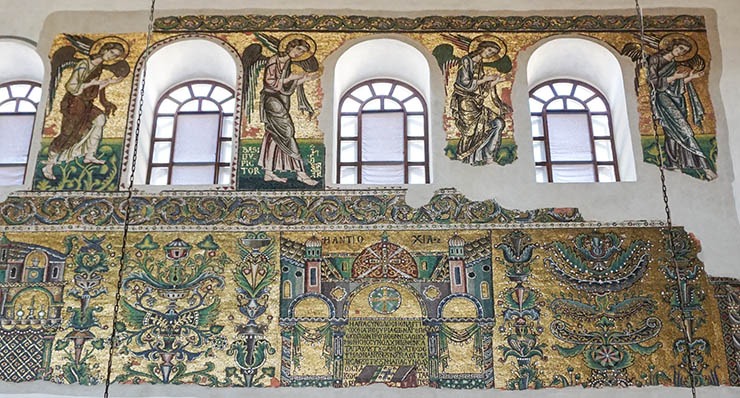

Ottoman Era and Decline
The centuries following the Ottoman conquest in 1517 brought new challenges for Bethlehem’s beloved basilica. While the Ottomans generally allowed religious practice, any repairs or construction required official permits, often difficult for local Christian communities to obtain. This created a delicate balance, as Greek Orthodox, Armenian, and Catholic groups all sought to care for the site, leading to frequent disputes over access and responsibilities.
Nature and time added to these pressures. A powerful earthquake in 1834 damaged the structure, and a devastating fire in 1869 accelerated its decline. Without coordinated maintenance, the basilica’s once-vibrant mosaics began fading, and the roof beams rotted, leaving the building vulnerable to further deterioration.
Amid this tension, the 1852 “Status Quo” agreement formalized custodianship divisions, locking in the responsibilities of each denomination. While this agreement prevented outright conflict, it also made coordinated restoration more complicated, leaving parts of the basilica in long-term neglect.
Reflection Tip: When setting up your own Nativity display, think of this era as a reminder that care and attention make all the difference. Even small, thoughtful actions—like rotating figures gently, keeping your display clean, or repairing small pieces—honor the tradition of preservation that countless caretakers have tried to uphold. Sharing stories of the basilica’s challenges with children can also teach a deeper appreciation for the history and resilience behind every Nativity scene.
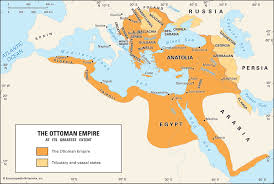

Modern Restorations and UNESCO Status
The story of Bethlehem’s basilica doesn’t end with decline—it continues as a testament to dedication, care, and international collaboration. During the 19th and early 20th centuries, European powers such as Russia, France, and Britain intervened to support restoration efforts. These projects were often motivated by faith, politics, and a desire to maintain the Christian presence in the Holy Land. The Franciscans, in particular, worked tirelessly to safeguard the Catholic custodianship, ensuring that devotion and pilgrimage could continue despite the challenges of the era.
Yet the 20th century brought new hardships. Regional conflicts and shifting political landscapes left the basilica vulnerable to neglect, and structural concerns grew more urgent. By the early 21st century, it became clear that decisive action was needed to preserve this historic treasure. In 2012, UNESCO designated the Church of the Nativity as a World Heritage Site in danger, highlighting both its global significance and its urgent need for care.
Between 2013 and 2019, an extensive restoration project addressed centuries of wear. Roof beams were repaired, mosaics carefully restored, and structural reinforcements installed to protect the basilica for generations to come. What struck me most about this effort was the rare cooperation among Christian sects, a unified commitment to safeguarding a shared heritage. The result was transformative: the basilica moved from being “endangered” to a protected and celebrated symbol of faith, history, and culture.
Reflection Tip: When setting up your own Nativity display, take inspiration from these restorations. Just as experts preserve mosaics and structural details, you can care for your figures, refresh backdrops, and thoughtfully position elements to create a display that honors both beauty and tradition. Sharing these restoration stories with family can also enrich the experience, connecting your own Nativity scene to a living history stretching back nearly two millennia.
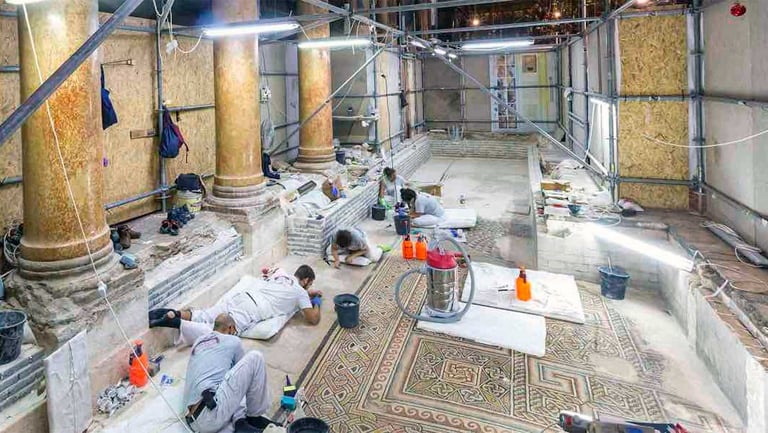

The Church of the Nativity Today
Visiting Bethlehem today, the Church of the Nativity stands as a remarkable testament to faith, history, and shared devotion. Custodianship is divided among three Christian communities—Greek Orthodox, Roman Catholic, and Armenian Apostolic—each contributing to the care, rituals, and traditions that keep the site alive. This shared guardianship is a powerful symbol of cooperation, even amid the region’s political complexities.
The church continues to play a central role in modern Christmas celebrations, most famously during the Midnight Mass in Bethlehem, which draws pilgrims and dignitaries from across the globe. At the heart of the basilica lies the Grotto of the Nativity, marked by a silver star indicating the birthplace of Christ. It’s humbling to see visitors kneel, pause, and reflect, connecting across centuries of devotion.
Pilgrims arrive from every continent, bringing diverse languages, customs, and heartfelt reverence. Watching this, I often think about the resilience this site embodies: through invasions, earthquakes, fires, and political shifts, the Nativity continues to inspire awe and devotion.
Reflection Tip: When creating your own Nativity display, you can bring a small piece of this tradition home. Consider highlighting the central figures with a subtle marker or star, echoing the silver star in the grotto. Invite family members to learn about the different communities that care for the basilica—this helps children appreciate the global and interfaith significance of the Nativity story, turning your display into both a spiritual and educational experience.
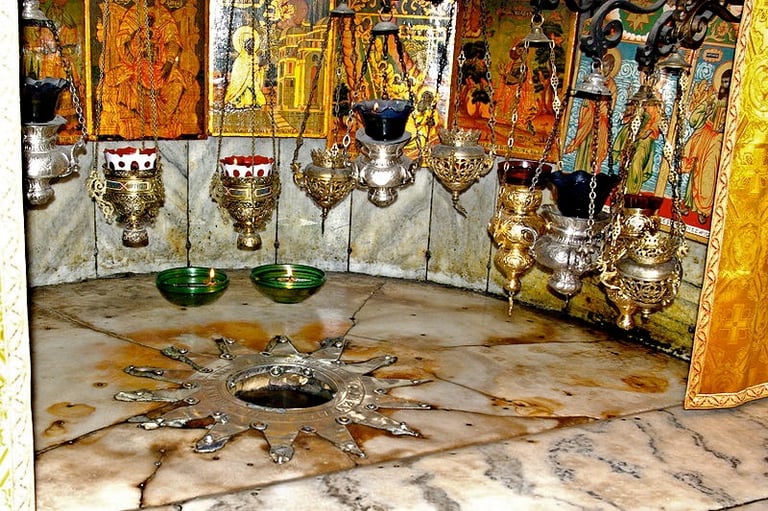

Conclusion
The Church of the Nativity has endured for nearly 1,700 years, surviving invasions, earthquakes, fires, and centuries of political change. From Constantine and Helena’s first basilica to Justinian’s grand reconstruction, through Ottoman-era challenges, Crusader enhancements, and modern restorations, the site stands as a remarkable testament to faith and perseverance.
What strikes me most is the continuity of worship. Pilgrims have gathered here across centuries, kneeling in the same grotto where tradition holds that Christ was born. Today, Greek Orthodox, Roman Catholic, and Armenian communities continue this sacred work, offering a living example of cooperation and shared devotion. The church is more than a building—it is a symbol of resilience, unity, and enduring faith.
